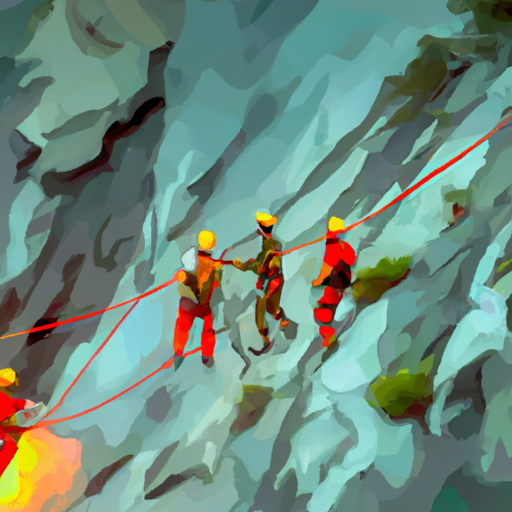In the world of rope rescue and rigging within governmental agencies, a successful operation is the result of teamwork between administrative teams and rope technician leaders. This blog explores the key factors that connect these two crucial groups and how their collaboration ensures safety, efficiency, and success in the rope rescue and rigging industry. From managing budgets to maintaining equipment, this partnership plays a pivotal role in achieving optimal results. Join us as we delve into this unique alliance and its impact on operations.
- Safety and Compliance: Both administrative personnel and rope technician leaders share a common interest in ensuring safety and compliance with industry regulations. They both want to minimize risks associated with rope rescue and rigging operations.
- Budget Management: Administrative staff are often responsible for budget allocation and financial planning. Rope technician leaders need to operate within budget constraints. Finding cost-effective solutions is an area where their interests intersect.
- Training and Certification: Both groups may be interested in training and certification programs for rope technicians. Administrative personnel would want their team to be adequately trained, and rope technician leaders need access to training resources.
- Equipment Maintenance: Maintenance of rope rescue and rigging equipment is crucial for both groups. Administrative staff want to ensure equipment longevity and minimize repair costs, while rope technician leaders need reliable gear for their operations.
- Resource Allocation: Administrative staff allocate resources, including personnel and equipment, to different departments or teams. Rope technician leaders may need to collaborate with administrators to secure the necessary resources for their operations.
- Documentation and Reporting: Documentation of rope rescue and rigging operations is essential for compliance and accountability. Both administrative staff and rope technician leaders may have a shared interest in efficient documentation and reporting processes.
- Emergency Preparedness: In the event of an emergency, both groups share an interest in effective response procedures. Administrative personnel may oversee the development and implementation of emergency plans, while rope technician leaders are responsible for executing them.
- Vendor Relationships: Building and maintaining relationships with equipment vendors or suppliers is important for ensuring access to quality gear. Both administrative personnel and rope technician leaders may have a stake in vendor selection and management.
- Regulatory Updates: Staying informed about changes in industry regulations and safety standards is vital for both groups. They need to adapt and ensure compliance with any new requirements.
- Project Planning: Rope technician leaders may collaborate with administrative staff when planning rope rescue and rigging projects. Administrative personnel can help with logistics, permitting, and resource allocation for these projects.
Peace on your Days
Lance









